10 Best Features to Look for in a New Car
Buying a new car is not just a financial investment; it’s an emotional one too. After all, your car will be your companion for daily commutes, family road trips, and everything in between. But with a plethora of features available, how do you decide what’s essential and what’s just an add-on?
Think about this: What if you end up with a car that lacks the safety features you need or costs you a fortune in fuel? What if you miss out on a feature that could have made your driving experience more comfortable and enjoyable?
This guide ensures you don’t make those mistakes. From safety essentials like airbags and ABS to modern conveniences like advanced infotainment systems and fuel efficiency, we’ll cover everything you need to know. Ready to discover what truly matters? Let’s dive in!
Best Features to Look for in a New Car
| Feature | Why It’s Important |
|---|---|
| Safety Features | Ensures protection during accidents |
| Fuel Efficiency | Saves money on long-term running costs |
| Advanced Infotainment | Keeps you entertained and connected |
| Comfort and Space | Enhances driving and passenger experience |
| Engine Performance | Delivers power and smooth driving experience |
| Transmission Type | Matches your driving style (manual/automatic) |
| Maintenance Costs | Impacts affordability over time |
| Resale Value | Retains value for future upgrades |
| After-Sales Service | Provides reliable support post-purchase |
| Aesthetics and Design | Reflects your personality and style |
10 Best Features to Look for in a New Car
1. Evaluating Your Needs and Usage

Before diving into specific features, ask yourself: What will I use this car for?
How Usage Shapes Your Choice
- Daily Commutes: If your car is primarily for short trips or city commutes, a compact hatchback might be ideal.
- Long Drives: For road trips or extensive highway driving, look for sedans or SUVs with excellent fuel efficiency and comfort.
- Family Needs: If you have a growing family, space and safety features like child-lock systems and rear AC vents are crucial.
Pro Tip
If your daily drive is under 20 km, opt for a petrol car—it’s cost-effective and ideal for short distances.
2. Choosing the Right Body Type
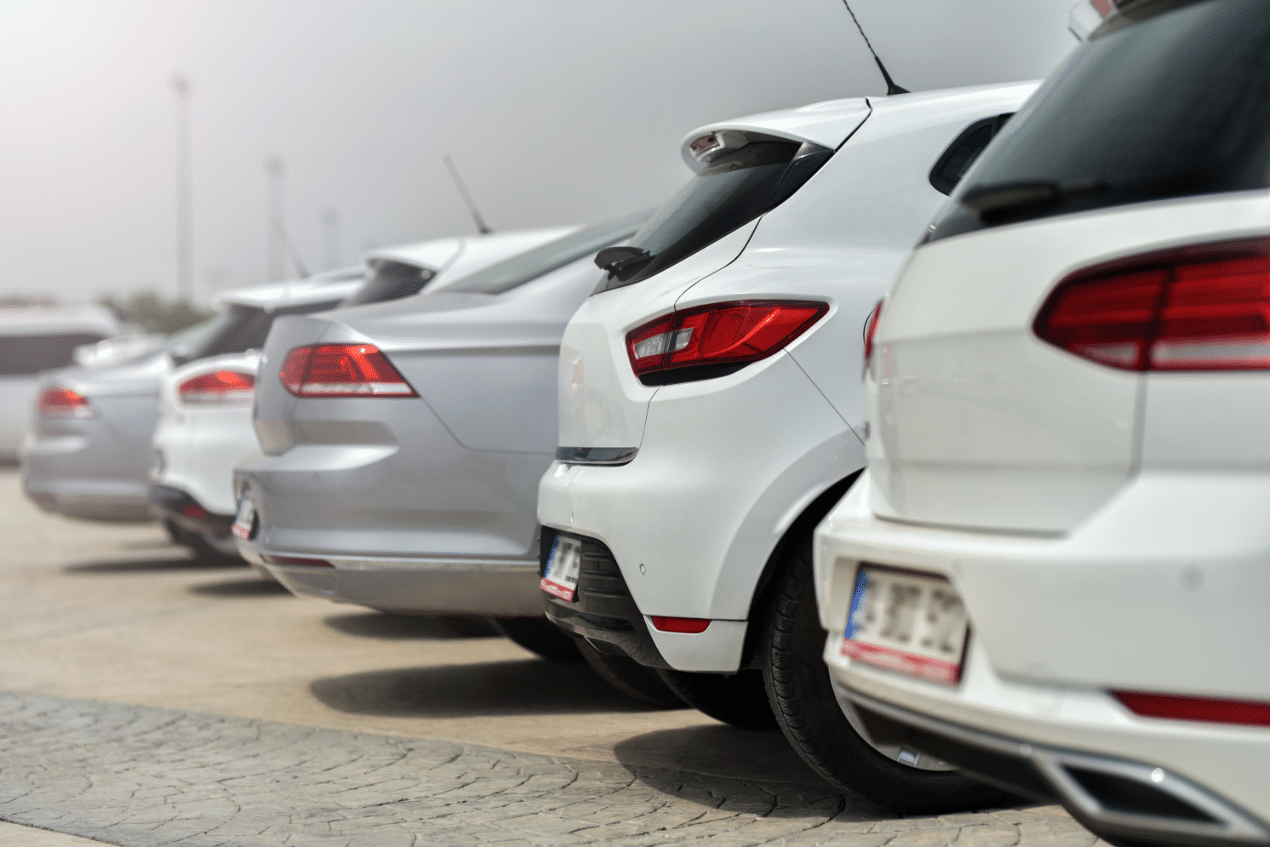
The body type of a car plays a major role in your overall driving experience. Let’s break it down:
Hatchbacks
- Best For: City dwellers with limited parking space.
- Key Advantage: Compact, easy to maneuver, and fuel-efficient.
Sedans
- Best For: Those seeking comfort and a spacious interior.
- Key Advantage: Great for small families or professional use.
SUVs/MPVs
- Best For: Off-road enthusiasts and large families.
- Key Advantage: High seating position, ample space, and rugged design.
3. Budgeting and Ownership Costs

Understanding Total Costs
The price tag is just the tip of the iceberg. Factor in:
- RTO charges
- Insurance
- Fuel expenses
- Maintenance
Rule of Thumb
Keep your car expenses (EMI, fuel, maintenance) below 25% of your monthly income.
4. Prioritizing Safety Features
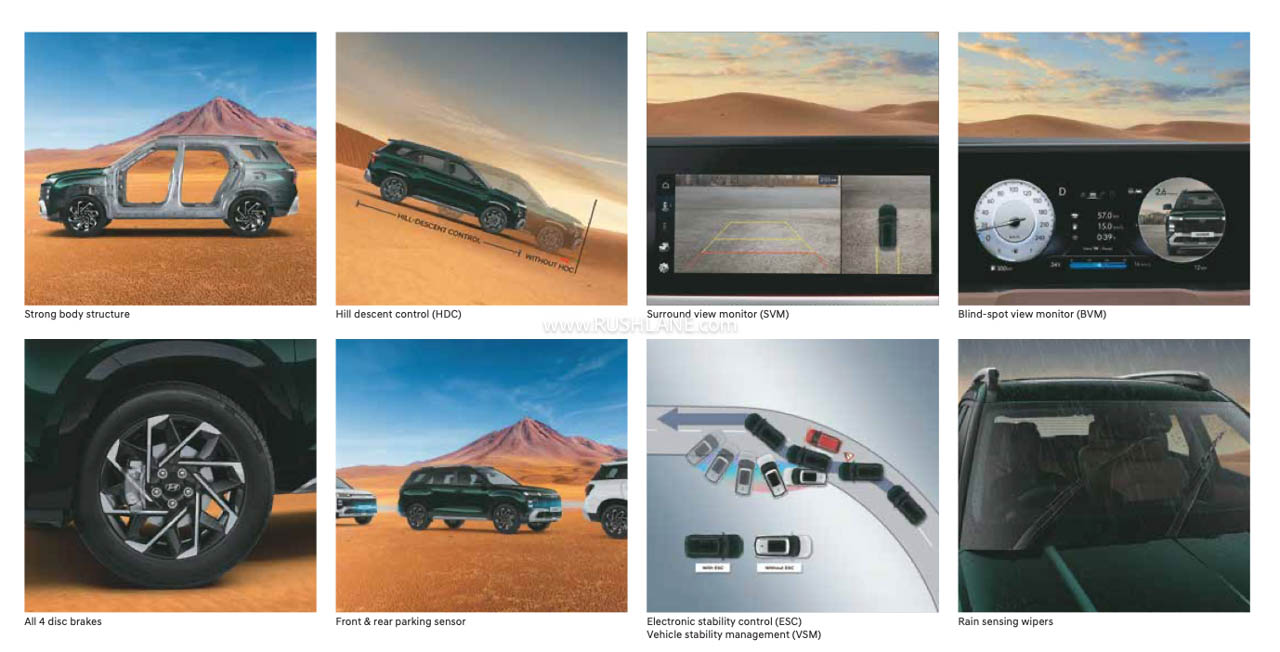
Did you know that airbags and ABS can reduce the risk of severe accidents by up to 50%? Safety features aren’t optional—they’re life-saving essentials.
Must-Have Safety Features
- Airbags: Minimum six airbags for better protection.
- ABS (Anti-lock Braking System): Prevents skidding during emergencies.
- Rear Parking Sensors: Helps avoid blind spots.
- Crash Test Ratings: Choose cars with 4 or 5-star ratings.
5. Advanced Infotainment Systems
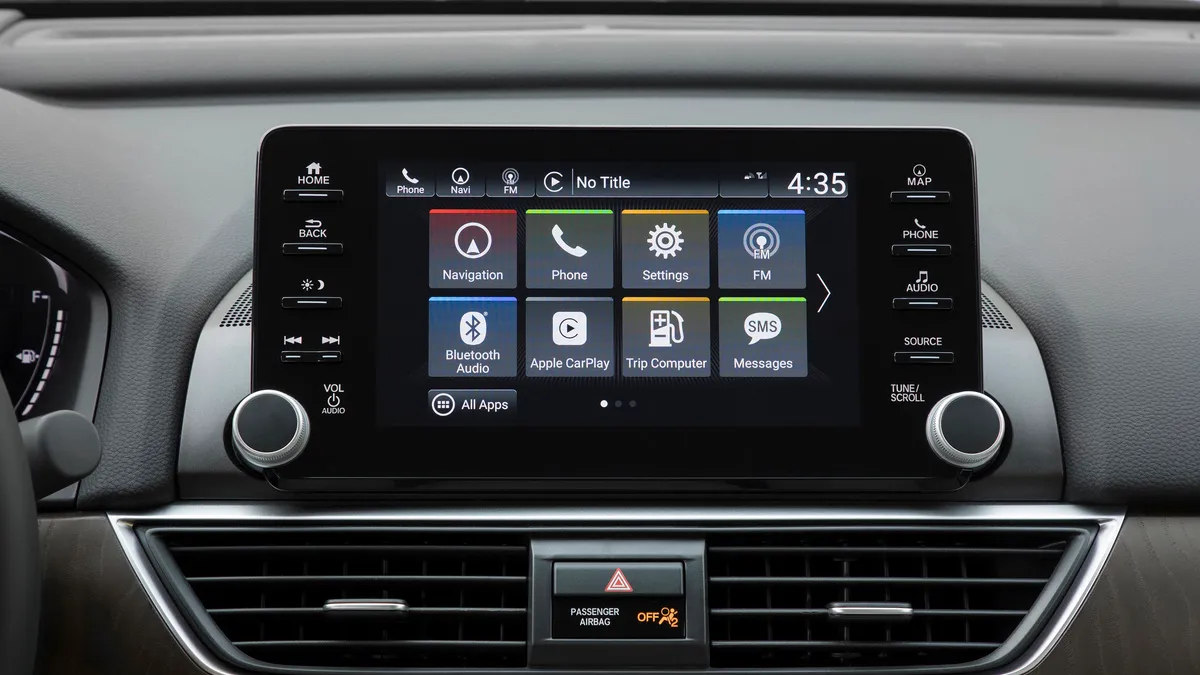
Today’s cars are more than just machines—they’re tech hubs on wheels.
Top Features to Look For
- Touchscreen Display: For navigation and entertainment.
- Apple CarPlay/Android Auto: Seamless smartphone integration.
- Voice Commands: Control features hands-free.
6. Comfort and Space
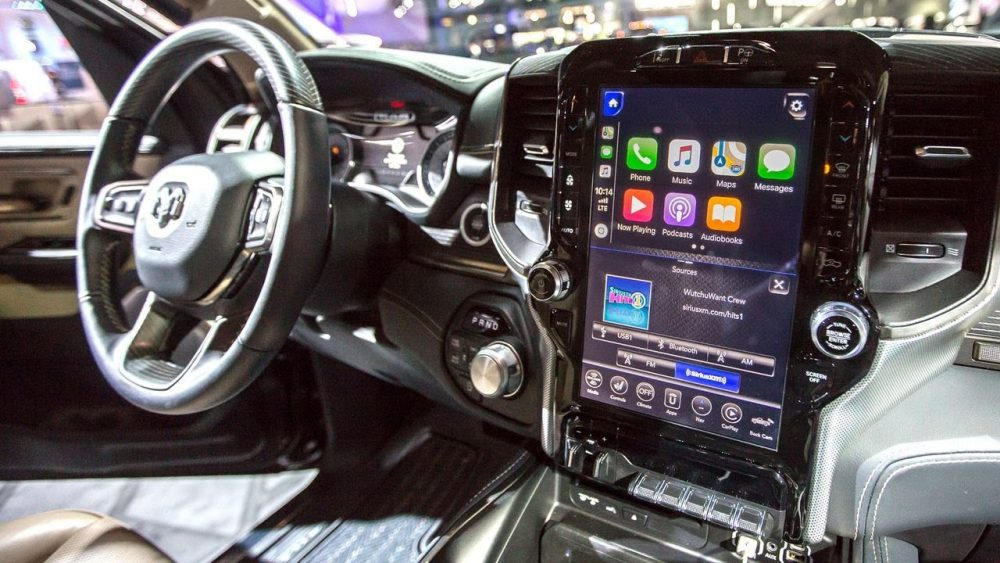
Comfort is more than luxury—it’s a necessity for long drives.
Key Considerations
- Adjustable seats with lumbar support.
- Ample legroom and headroom.
- Climate control for consistent cabin temperature.
7. Fuel Efficiency

Fuel is one of the biggest ongoing expenses for car owners.
Choosing the Right Option
- Petrol Cars: Low upfront cost, ideal for short distances.
- Diesel Cars: Better mileage, suitable for long drives.
- CNG/EVs: Eco-friendly and cost-effective but limited infrastructure.
8. Resale Value
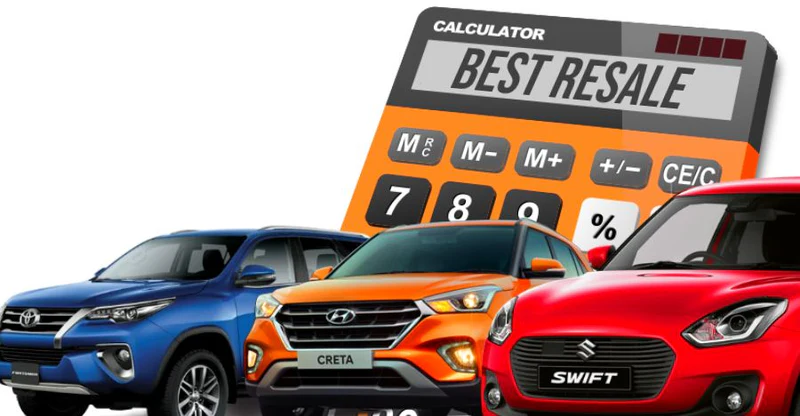
Thinking long-term? Choose a car with high resale potential.
Factors Impacting Resale Value
- Brand reputation
- Mileage
- Maintenance records
9. After-Sales Service
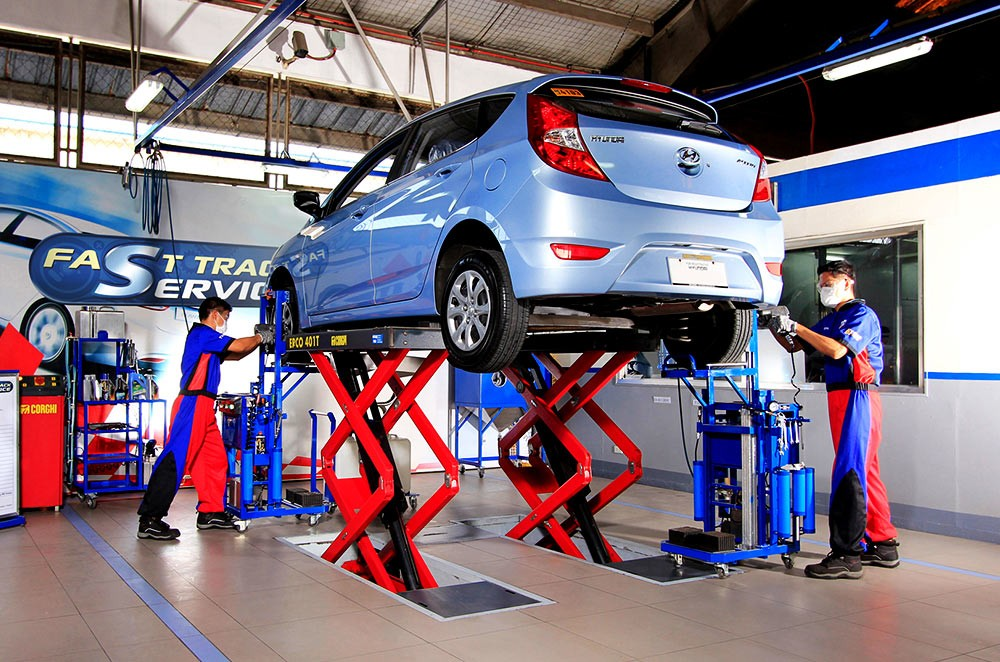
Good after-sales service can save you a lot of headaches.
Top Brands for After-Sales
Toyota, Hyundai, and Maruti Suzuki are known for their reliable support networks.
10. Test Drive and Final Negotiation

Why Test Drives Matter
A test drive gives you the real feel of the car. Focus on:
- Handling
- Comfort
- Engine responsiveness
11. Enhanced Connectivity Features: Smart Tech for Smarter Driving

Modern cars are increasingly equipped with cutting-edge connectivity options that transform your driving experience. From Wi-Fi hotspots to vehicle-to-everything (V2X) communication, these features offer convenience, safety, and entertainment. Advanced systems now integrate your car with your smart devices, allowing for remote engine start, climate control, and even finding your car in crowded parking lots.
Why It Matters:
- Connectivity features like Android Auto and Apple CarPlay let you seamlessly access your smartphone’s apps, music, and calls.
- Navigation tools provide real-time traffic updates, road hazard alerts, and alternative routes.
- Some luxury vehicles offer over-the-air updates to keep your car’s software up-to-date without needing a service visit.
- Advanced features such as Alexa and Google Assistant integration enable voice-activated commands, reducing distractions while driving.
Personal Recommendation:
Opt for a car with features like wireless charging pads, advanced driver assistance system (ADAS) integrations, and compatibility with 5G connectivity. These upgrades not only enhance convenience but also future-proof your investment.
FAQs
1. What are the must-have safety features in a new car?
Must-have safety features include airbags, anti-lock braking system (ABS), electronic stability control (ESC), rearview cameras, and advanced driver-assistance systems (ADAS).
2. How do I choose the right fuel type for my car?
Assess your daily commute distance. Petrol cars are suitable for short trips, while diesel is ideal for longer distances. EVs are eco-friendly and cost-effective for urban users with charging access.
3. Are connected car features worth it?
Yes, they offer convenience, enhance safety, and keep you updated on the car’s performance. They also integrate with smart home systems for added control.
4. Should I prioritize resale value when buying a car?
If you plan to upgrade in a few years, choose a car with a reliable brand reputation, good mileage, and lower maintenance costs to maximize resale value.
5. How do I budget for a new car?
Keep your monthly car expenses (EMI, fuel, maintenance) under 25% of your income. Don’t forget to account for RTO charges, insurance, and additional taxes.
6. What’s the difference between a hatchback, sedan, and SUV?
Hatchbacks are compact and city-friendly, sedans offer comfort for families, and SUVs provide higher ground clearance and better performance on rugged terrains.
7. Is it better to buy a new car or a used car?
New cars offer the latest features and warranties but cost more. Used cars save money upfront but require careful inspection to ensure quality and performance.
8. How important is after-sales service?
After-sales service ensures hassle-free maintenance and repairs. Opt for brands with widespread service networks and good customer reviews.
9. What is ADAS, and do I need it?
ADAS (Advanced Driver-Assistance Systems) includes features like adaptive cruise control, lane-keeping assist, and emergency braking. It enhances safety, especially during long drives or high-traffic scenarios.
10. How can I test if a car is right for me?
Take a test drive focusing on comfort, handling, braking, and visibility. Test its features, ask questions, and compare multiple models before deciding.
Conclusion: Driving Toward the Perfect Choice
Choosing a new car is more than just picking a model—it’s about selecting a reliable companion for your lifestyle. By focusing on the 10 best features—from safety and connectivity to performance and comfort—you can make a well-informed decision that matches your needs and budget. Don’t rush the process; compare models, consult experts, and take test drives to ensure you find the perfect fit. After all, the joy of driving the right car lasts far longer than the thrill of buying it.
